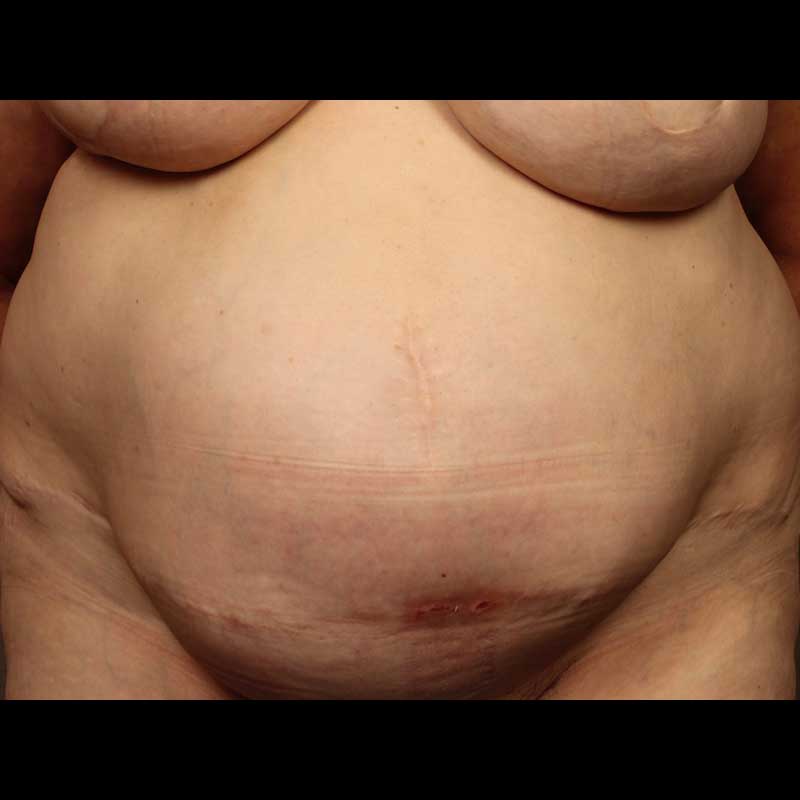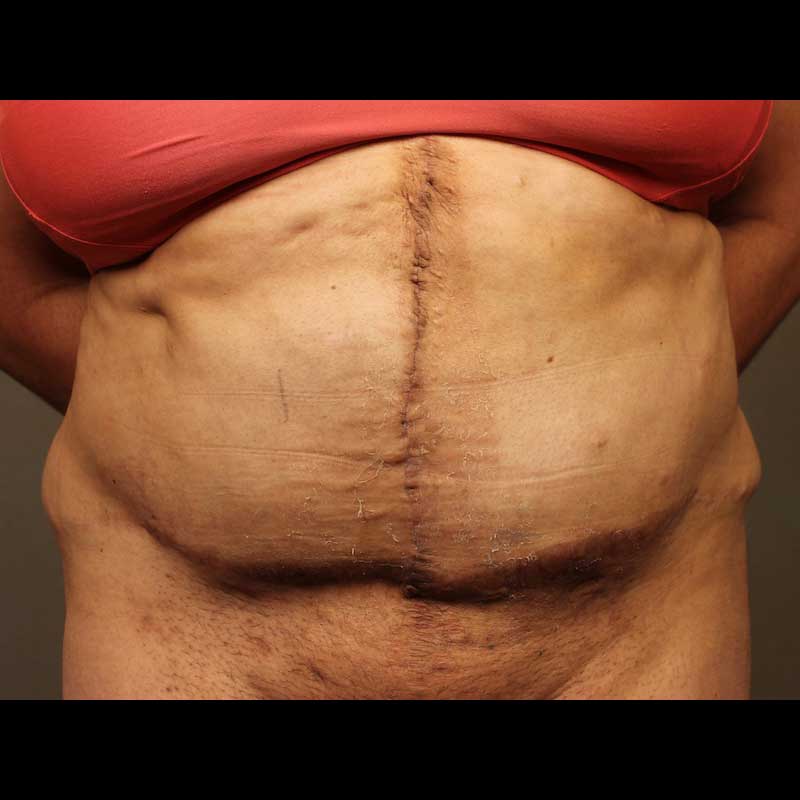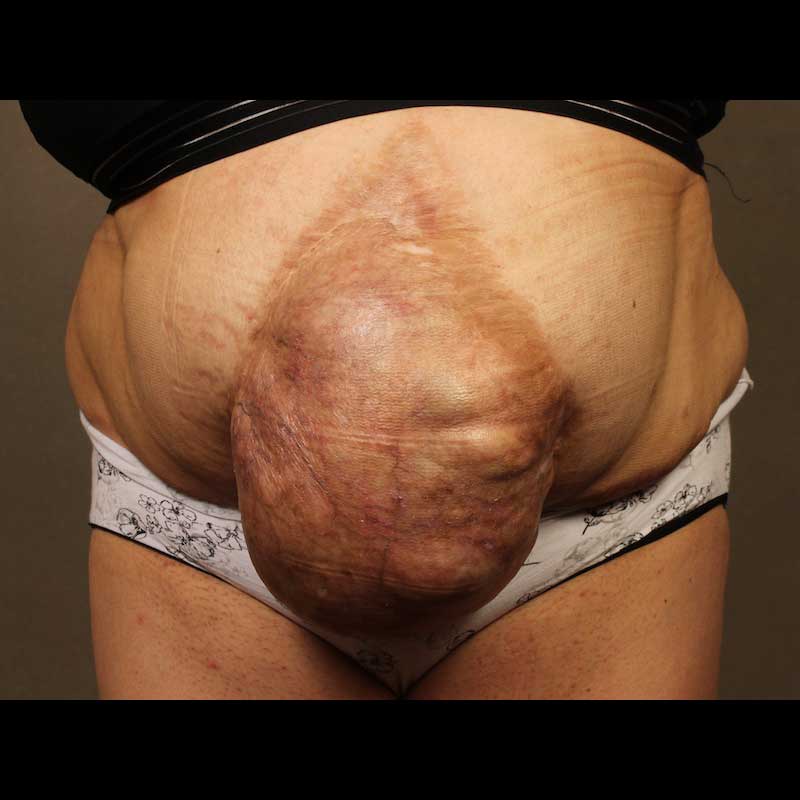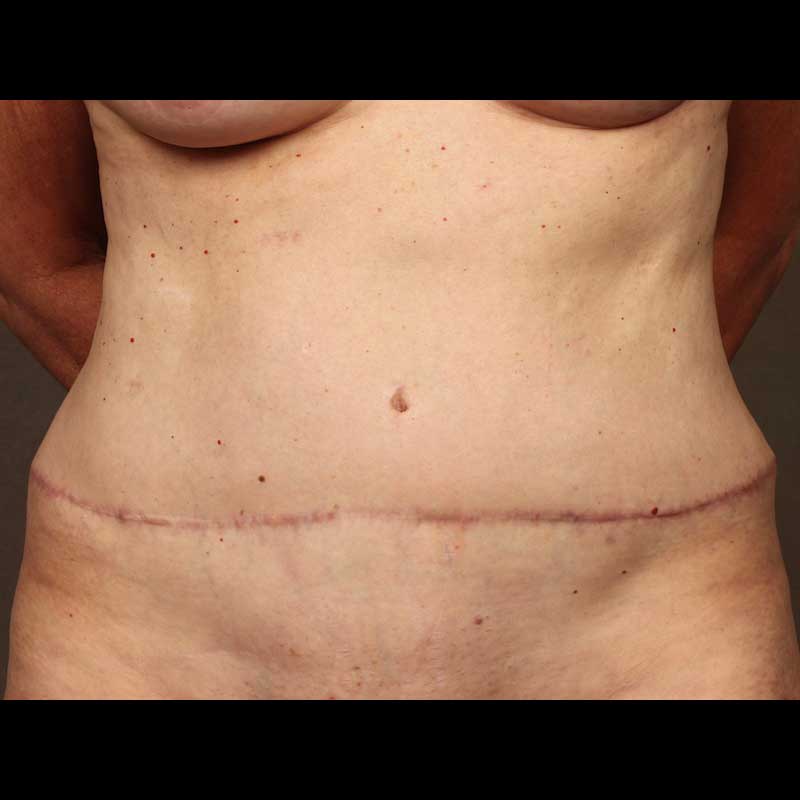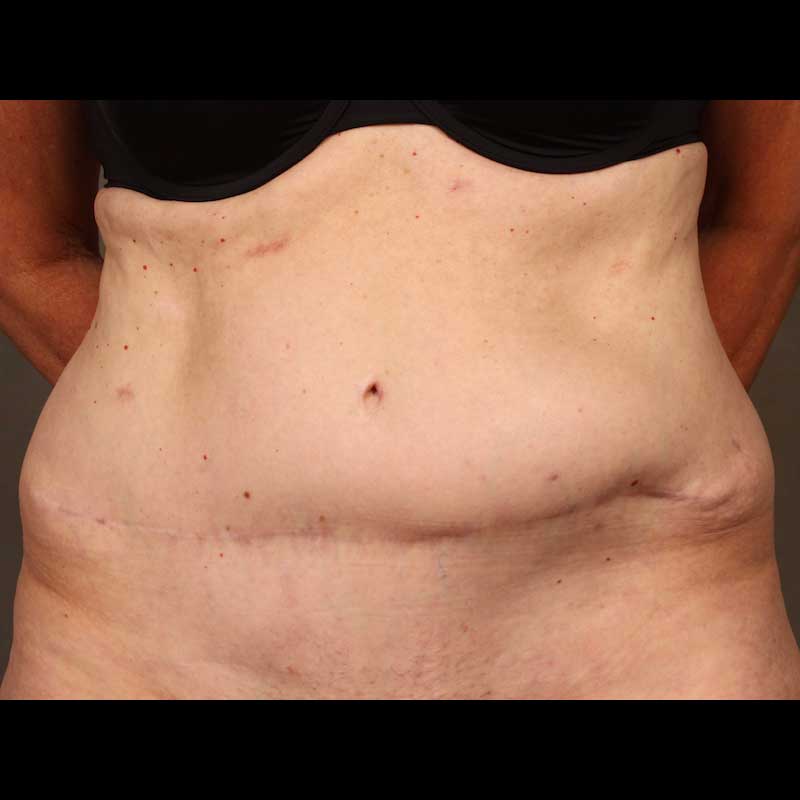Summary
The lower abdominal wall is the most common donor site in patients that prefer natural-tissue breast reconstruction. The traditional approach to using abdominal tissue for breast reconstruction following mastectomy is the pedicled transverse rectus abdominis myocutaneous (TRAM) flap. Tissue from the lower abdomen is transferred with the rectus muscle to the chest in order to reconstruct the breast. In this approach, the blood supply to the flap is carried by the rectus muscle.
While the pedicled TRAM flap can result in a natural breast reconstruction, this is at the expense of the entire rectus muscle. As such, the surgeons at NYBRA Plastic Surgery prefer less invasive microsurgical procedures that preserve muscle and allow for improved outcomes.
Procedure details
- Ellipse of skin and fat is elevated from the lower abdomen as a flap
- Blood supply to the flap is carried by the rectus muscle
- The flap is transferred to the chest by tunneling the skin and fat along with the rectus muscle underneath the skin of the upper abdomen
- Since the entire rectus muscle is sacrificed, a mesh material is included to repair the donor site on the abdomen
Risks & Benefits
Sacrificing the rectus muscle can result in abdominal wall weakness and can lead to bulging or hernia. Although a synthetic mesh is usually placed in the lower abdomen after the flap is transferred to the chest wall, the risk of hernia remains very high. The pedicled TRAM flap is also associated with a higher risk of wound healing problems. These risks are higher in patients who are smokers as well as patients who are obese.
Given the higher risks associated with pedicled TRAM flaps, less invasive microsurgical approaches such as DIEP and SIEA flaps are preferred. The surgeons at NYBRA Plastic Surgery have performed thousands of successful microsurgical free flap breast reconstructions and can help you determine which approach is best for you.
Frequently Asked Questions
I have a bulge with a hernia after having pedicled TRAM flap breast reconstruction. Can this be repaired?
We have developed a unique and reliable method of abdominal wall reconstruction to correct TRAM hernias. In coordination with a general surgeon specializing in hernia surgery, our surgeons routinely repair TRAM hernias in patients who come to see us from all over the country.
If complication rates are higher with pedicled TRAM flaps, why is this procedure still performed?
Pedicled TRAM flaps are still performed by plastic surgeons that don’t have experience with microsurgery techniques. If microsurgical free flap options are available for breast reconstruction, there is almost no role for the pedicled TRAM flap.

